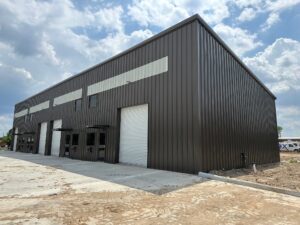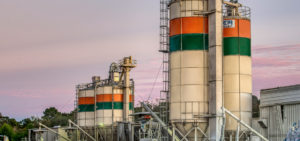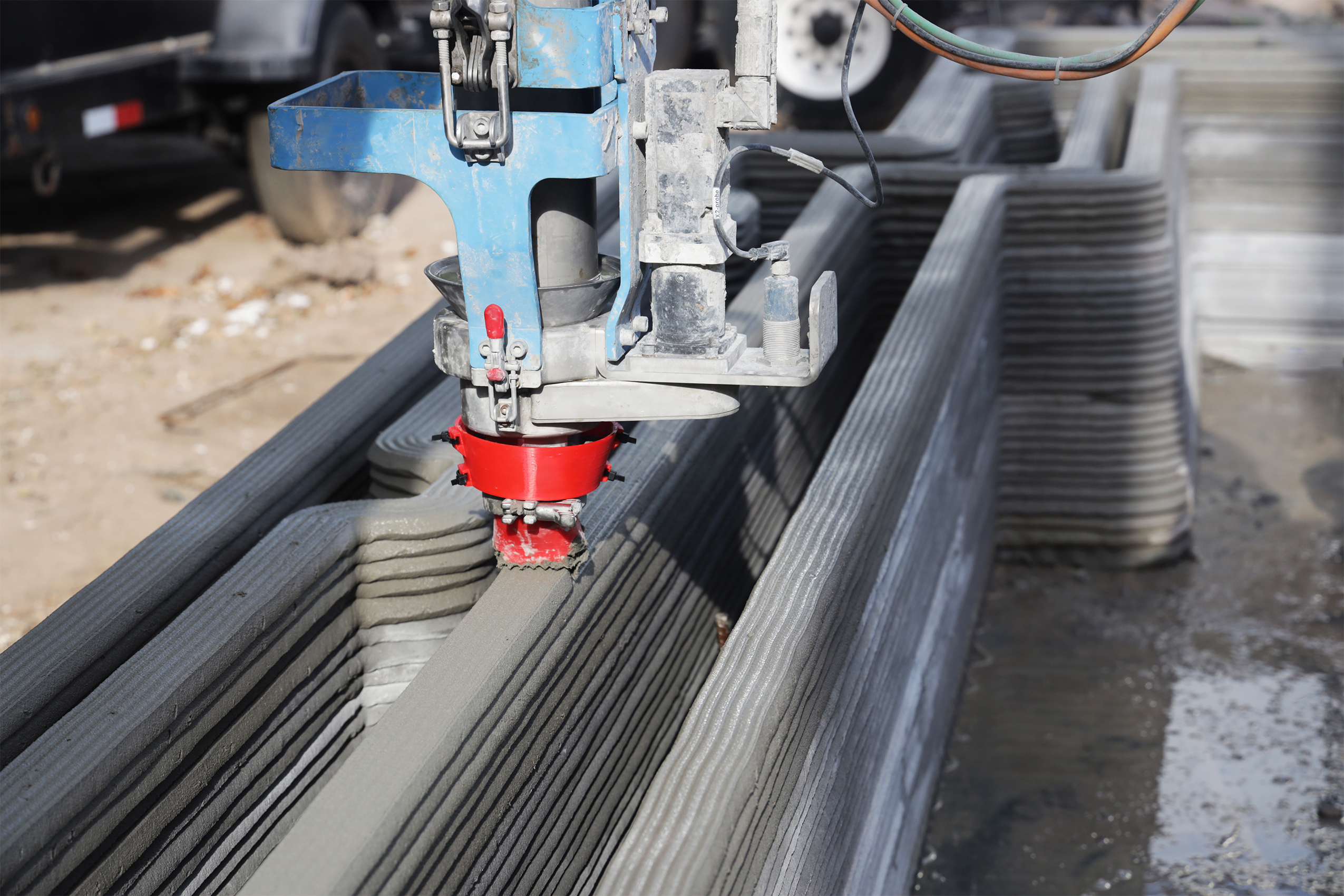The industrial commercial construction sector has been experiencing strong growth in recent years, driven by factors such as e-commerce, manufacturing, logistics, and technology. According to a report by CBRE, the industrial sector saw a record-high demand of 329.5 million square feet in 2020, surpassing the previous peak of 284.9 million square feet in 2019. The vacancy rate for industrial buildings dropped to 4.6% in 2020, the lowest level since 2000. The average rent for industrial space increased by 7.1% year-over-year in 2020, reaching $8.44 per square foot.
The outlook for the industrial sector in commercial construction remains positive for the next few years, as the demand for industrial space is expected to continue to outpace the supply. According to a forecast by Dodge Data & Analytics, the value of industrial construction starts will increase by 9% in 2021, 7% in 2022, and 6% in 2023 and 2024. The total value of industrial construction starts will reach $35.8 billion in 2024, up from $27.5 billion in 2020.
The main drivers of the industrial sector growth are:
– E-commerce: The pandemic accelerated the shift to online shopping, creating a surge in demand for warehouse and distribution space. According to a report by JLL, e-commerce accounted for 43% of the total industrial leasing activity in 2020, up from 36% in 2019. E-commerce companies require more space per order than traditional retailers, as they need to store a wider variety of products and handle more returns and exchanges. E-commerce also requires more cold storage space for perishable goods and more last-mile facilities for faster delivery. The e-commerce boom is expected to persist beyond the pandemic, as consumers become more accustomed to online shopping and expect faster and cheaper delivery options.
– Manufacturing: The manufacturing sector has been recovering from the initial shock of the pandemic, as factories resumed operations and adapted to new safety protocols and demand patterns. According to a  report by Deloitte, the US manufacturing output increased by 3.4% year-over-year in the fourth quarter of 2020, after declining by 16.5% in the second quarter. The manufacturing sector is expected to grow further in the coming years, as companies invest in automation, digitalization, innovation, and reshoring. According to a survey by PwC, 46% of US manufacturers plan to increase their capital expenditures in 2021, up from 37% in 2020. The main areas of investment are advanced manufacturing technologies, cybersecurity, environmental sustainability, and workforce development.
report by Deloitte, the US manufacturing output increased by 3.4% year-over-year in the fourth quarter of 2020, after declining by 16.5% in the second quarter. The manufacturing sector is expected to grow further in the coming years, as companies invest in automation, digitalization, innovation, and reshoring. According to a survey by PwC, 46% of US manufacturers plan to increase their capital expenditures in 2021, up from 37% in 2020. The main areas of investment are advanced manufacturing technologies, cybersecurity, environmental sustainability, and workforce development.
– Logistics: The logistics sector has been benefiting from the increased demand for transportation and delivery services, as well as the need for more efficient and resilient supply chains. According to a report by Cushman & Wakefield, the logistics sector accounted for 34% of the total industrial leasing activity in 2020, up from 30% in 2019. The logistics sector is expected to grow further in the coming years, as companies seek to optimize their inventory management, distribution networks, and customer service. According to a survey by CBRE, 56% of logistics occupiers plan to expand their footprint in 2021, up from 35% in 2020. The main drivers of expansion are e-commerce growth, diversification of supply sources, and proximity to customers.
– Technology: The technology sector has been driving the demand for data centers and research and development facilities, as well as supporting the innovation and digitalization of other industries. According to a report by JLL, the data center market saw a record-high absorption of 396 megawatts in 2020, up from 237 megawatts in 2019. The data center market is expected to grow further in the coming years, as the demand for cloud computing, artificial intelligence, internet of things, and edge computing increases. According to a forecast by IDC, the global spending on cloud infrastructure services will grow by an average of 21% per year from 2019 to 2024, reaching $364 billion in 2024. The research and development market is also expected to grow further in the coming years, as companies invest in new products and technologies across various sectors such as biotechnology, pharmaceuticals, energy, and aerospace.
Industrial commercial construction is a term that refers to the building of structures for industrial or commercial purposes, such as factories, warehouses, offices, retail stores, hotels, etc. The demand for industrial commercial construction depends on various factors, such as:
– Economic growth: When the economy is booming, businesses tend to expand their operations and need more space to accommodate their activities. This leads to more investment in industrial commercial construction projects.
– Technological innovation: New technologies can create new opportunities or challenges for businesses, requiring them to adapt their facilities accordingly. For example, the rise of e-commerce has increased the need for warehouses and distribution centers, while the development of renewable energy sources has stimulated the construction of solar farms and wind turbines.
 – Regulatory environment: Government policies and regulations can affect the feasibility and profitability of industrial commercial construction projects. For example, environmental standards, zoning laws, tax incentives, building codes, etc. can influence the design, location, cost, and timeline of construction projects.
– Regulatory environment: Government policies and regulations can affect the feasibility and profitability of industrial commercial construction projects. For example, environmental standards, zoning laws, tax incentives, building codes, etc. can influence the design, location, cost, and timeline of construction projects.
– Consumer preferences: The preferences and expectations of consumers can also shape the demand for industrial commercial construction. For example, consumers may prefer to shop online or in-person, to stay in hotels or Airbnb, to work from home or in an office, etc. These choices can affect the type and amount of space that businesses need to provide their products or services.






